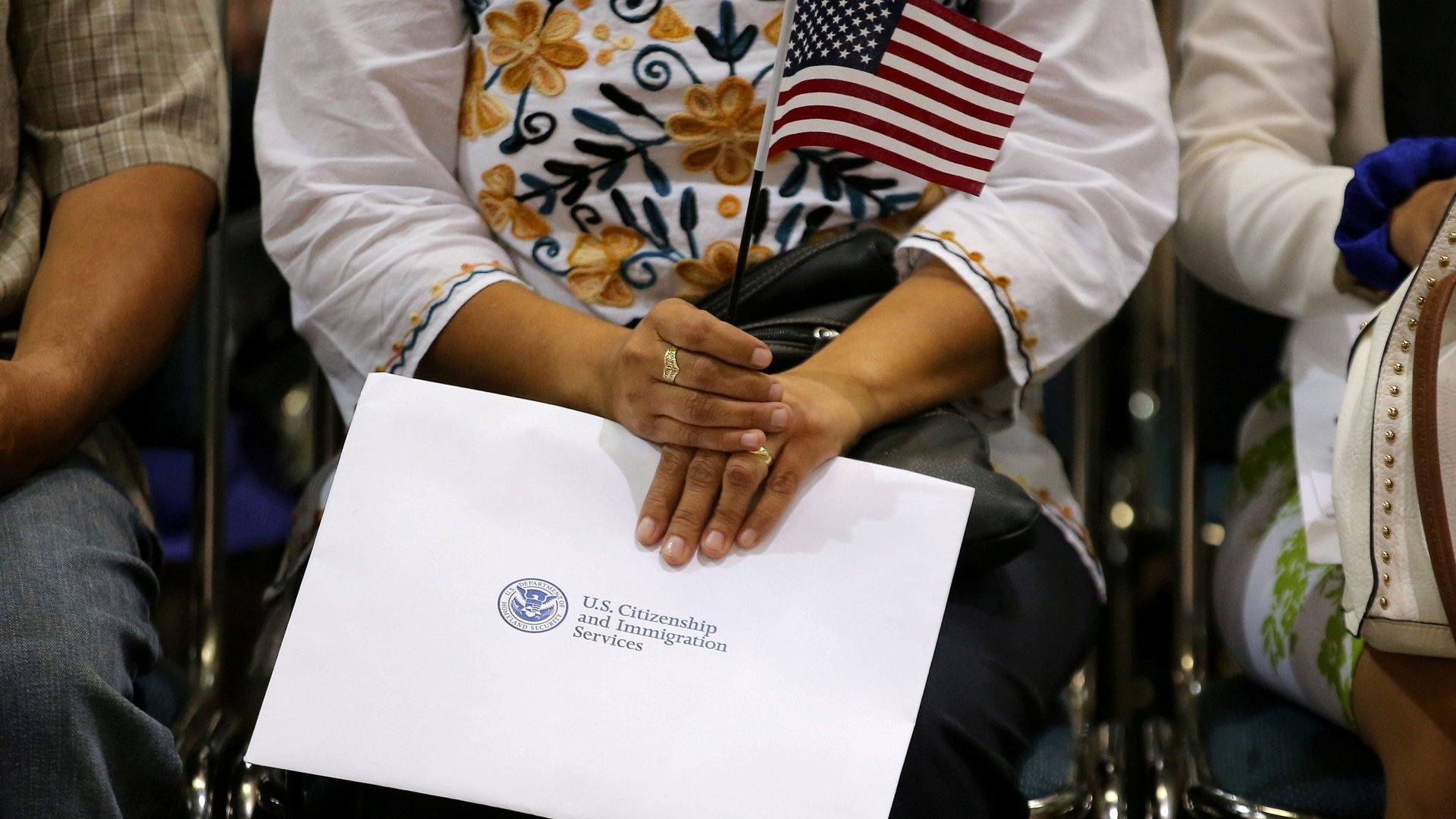US immigration judges will be required to decide the fate of three people per day
The US Department of Justice has a solution to reduce the rapidly mounting backlog of immigration cases: Case quotas for judges.


The US Department of Justice has a solution to reduce the rapidly mounting backlog of immigration cases: Case quotas for judges.
Beginning in October, immigration court judges’ performance will be measured in part by the number of cases they clear in a year, according to a memo reviewed by the Wall Street Journal. To obtain a “satisfactory” level, judges will have to complete at least 700 cases per year. Anything below 560 cases a year will be considered unsatisfactory.
The number of cases pending in immigration courts has jumped to nearly 690,000 as the Trump administration has ratcheted up immigrant arrests. Many of those immigrants are entitled to a day in court to determine whether they should be deported. The new quota system is part of a broader effort by the Justice Department to move cases more quickly. James McHenry, who heads the Executive Office for Immigration Review, said earlier this year his goal is to cut the pending caseload by half by 2020.
The memo, which McHenry emailed to staff Friday, also gives detailed instructions on how much time should be spent on cases, and other guidelines for the proceedings, according to the AP, which also obtained a copy of the memo.
Factoring in weekends, public holidays, and personal leave schedule, judges would have to decide 2.8 cases per day to meet the 700-case quota within the roughly 245 working days of the year. Immigration judges clear an average 678 cases a year, according to the Justice Department.
The union that represents the judges, the National Association of Immigration Judges (NAIJ), opposes the measure. Establishing quotas may lead to cases being rushed, eventually opening grounds to appeals from people who feel like they didn’t get a fair trial, it argues. Immigration judges are routinely faced with the life-changing decisions, such as whether someone qualifies for asylum or should be sent back home.
“Production quotas put due process at risk and threaten judicial independence,” Dana Leigh Marks, the NAIJ’s spokesperson, wrote in a statement.